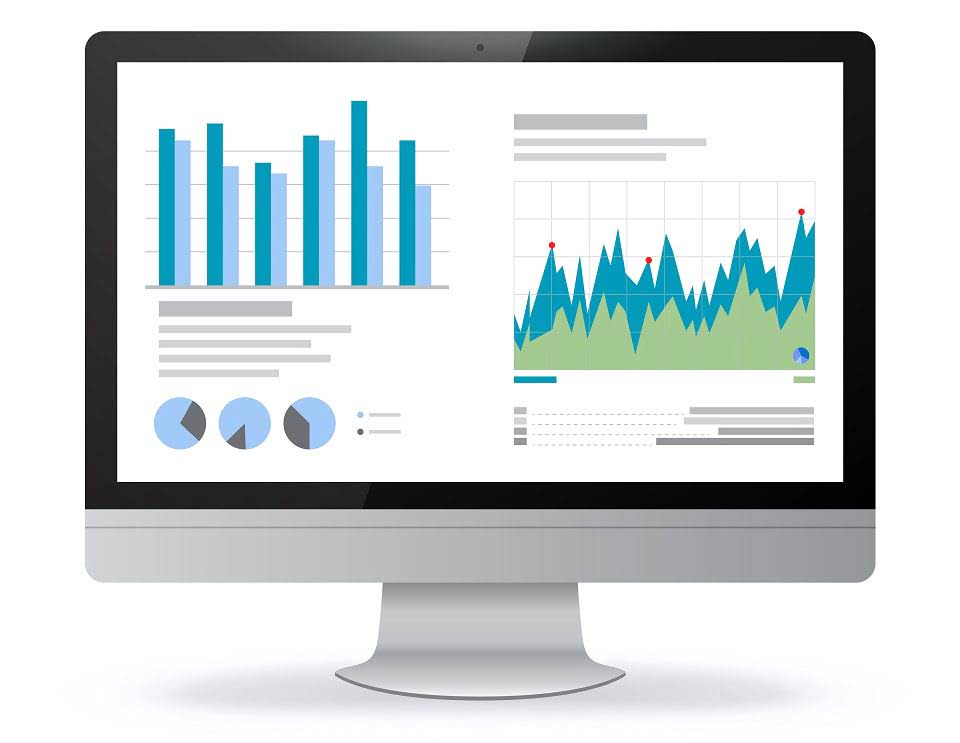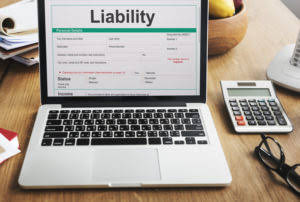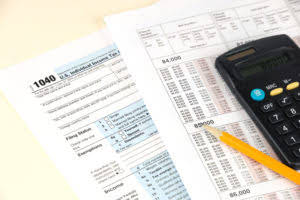
After-Tax Salvage Value is a concept that’s a bit more complicated than just the salvage value itself. The salvage value is how much a company receives or estimates it will receive for an asset when it can no longer be used. It’s essential to keep accurate records of the asset’s depreciation and salvage salvage value formula value to ensure you’re taking advantage of the correct tax deductions. You must report any changes in salvage value to the IRS, as it may affect the amount of depreciation you can claim. The value of an asset can change over time due to factors like age, condition, rarity, obsolescence, wear and tear, and market demand.

Calculating Salvage Value
The estimated remaining useful life of the asset is also important, which can be researched by looking at market examples of similar assets. From this, we know Interior Design Bookkeeping that a salvage value is used for determining the value of a good, machinery, or even a company. It is beneficial to the investors who can then use it to assess the right price of a good.
📆 Date: May 3-4, 2025🕛 Time: 8:30-11:30 AM EST📍 Venue: OnlineInstructor: Dheeraj Vaidya, CFA, FRM

As is clear from the definition, the value of equipment or machinery after its useful life is termed the salvage value. Simply Online Accounting put, when we deduct the depreciation of the machinery from its original cost, we get the salvage value. If the salvage value is greater than the book value then income added after deducting the tax, the value/ amount then left is called after-tax salvage value.
- The straight-line depreciation method is one of the simplest ways to calculate how much an asset’s value decreases over time.
- After tax salvage value is like the retirement money for a company’s equipment.
- It impacts the calculation of depreciation expense, which in turn affects net income and tax liabilities.
- The salvage amount or value holds an important place while calculating depreciation and can affect the total depreciable amount used by the company in its depreciation schedule.
- Here, you will learn the formula for calculating this value and the various depreciation methods that affect it.
After-Tax Salvage Value Formula
A change in a depreciable asset’s salvage value can have a significant impact on the amount of depreciation expense you can deduct. If the salvage value decreases, depreciation expense will increase, and vice versa. The scrap value of a machine is essential when selling it, as it determines the selling price and can be re-utilized for purchasing new machinery. This value can be a barometer of the machine’s resale value, but the selling price is ultimately determined by the buyer. Accumulated depreciation is another key factor, which is the total depreciation expense taken during the asset’s class life.
- To estimate salvage value, a company can use the percentage of the original cost method or get an independent appraisal.
- This $1,000 may also be considered the salvage value, though scrap value is slightly more descriptive of how the company may dispose of the asset.
- The physical and functional condition of an asset at the end of its useful life is a critical factor.
- Salvage value, in simple terms, is the worth of an asset after its useful life.
- For example, consider a delivery company that frequently turns over its delivery trucks.
- Unless there is a contract in place for the sale of the asset at a future date, it’s usually an estimated amount.
Valuing Unique or Specialized Assets

On the other hand, salvage value is an appraised estimate used to factor how much depreciation to calculate. In summary, the estimated salvage value of an asset is a critical consideration in financial planning, asset management, and capital budgeting. It is used to calculate depreciation, estimate future asset values, and make informed decisions about asset management and investment. The approximate value of assets by the end of their useful life is known as the salvage value of that asset.

What is Salvage Value, and How to Calculate After-Tax Salvage Value?
By integrating financial data and automating calculations, Deskera ERP ensures accuracy and consistency in determining salvage values across various asset categories. First, companies can take a percentage of the original cost as the salvage value. Third, companies can use historical data and comparables to determine a value.


